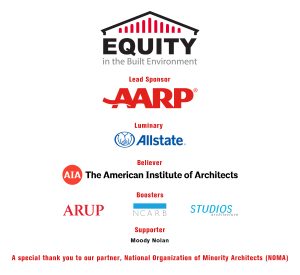Centering Equity in Transportation
Thursday, March 9, 2023, 6 - 7:30 PMWhat does equity in transportation mean? How do we quantify our target, or measure our progress? What will it take to shift thinking from “we need to build a new metro line” to “we need to find a way to connect more people to job opportunities?” From “we need to upgrade that road” to “we need to provide fast and safe connections between and within communities?” Successes are often catalyzed by local community activism or targeted investments like the recently launched federal Reconnecting Communities Pilot Program and Justice 40 Initiative. But to undo the harms done to historically marginalized communities, we need equity to be at the root of every transportation project, driving goals and decisions from policy to strategy, scoping to design, and delivery to unveiling.
Join Arup’s Global Transportation Leader Isabel Dedring for an exploration of the inherent challenges to transformation in the transportation industry, followed by an in-depth discussion with local transportation industry and community representatives about equity challenges and opportunities in the wider DC area.
In collaboration with the National Building Museum, Arup is pleased to present this event free of charge for attendees. If you are able, please consider a donation to support the museum’s continued work to raise awareness of the key challenges and opportunities that are shaping the future of the built environment.
Doors open at 5:30pm. Program from 6:00 – 7:30pm.
This program continues the National Building Museum’s Equity in the Built Environment series of conversations that focus on how buildings, landscapes, interiors, and streets can be the cause of — and, more important, the cure for — social and racial disparities.
Image: Courtesy of Hazel Lee, Arup


